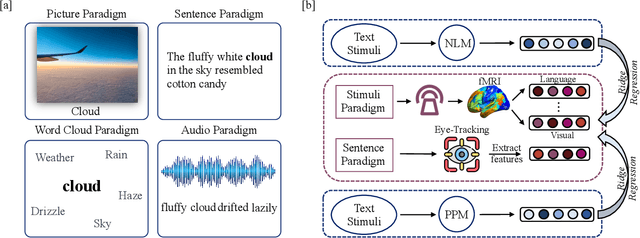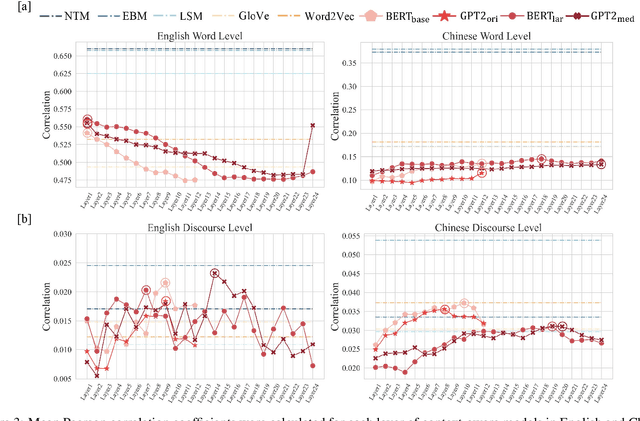Jiajun Yu
Collaborative Expert LLMs Guided Multi-Objective Molecular Optimization
Mar 05, 2025Abstract:Molecular optimization is a crucial yet complex and time-intensive process that often acts as a bottleneck for drug development. Traditional methods rely heavily on trial and error, making multi-objective optimization both time-consuming and resource-intensive. Current AI-based methods have shown limited success in handling multi-objective optimization tasks, hampering their practical utilization. To address this challenge, we present MultiMol, a collaborative large language model (LLM) system designed to guide multi-objective molecular optimization. MultiMol comprises two agents, including a data-driven worker agent and a literature-guided research agent. The data-driven worker agent is a large language model being fine-tuned to learn how to generate optimized molecules considering multiple objectives, while the literature-guided research agent is responsible for searching task-related literature to find useful prior knowledge that facilitates identifying the most promising optimized candidates. In evaluations across six multi-objective optimization tasks, MultiMol significantly outperforms existing methods, achieving a 82.30% success rate, in sharp contrast to the 27.50% success rate of current strongest methods. To further validate its practical impact, we tested MultiMol on two real-world challenges. First, we enhanced the selectivity of Xanthine Amine Congener (XAC), a promiscuous ligand that binds both A1R and A2AR, successfully biasing it towards A1R. Second, we improved the bioavailability of Saquinavir, an HIV-1 protease inhibitor with known bioavailability limitations. Overall, these results indicate that MultiMol represents a highly promising approach for multi-objective molecular optimization, holding great potential to accelerate the drug development process and contribute to the advancement of pharmaceutical research.
Navigating Brain Language Representations: A Comparative Analysis of Neural Language Models and Psychologically Plausible Models
Apr 30, 2024



Abstract:Neural language models, particularly large-scale ones, have been consistently proven to be most effective in predicting brain neural activity across a range of studies. However, previous research overlooked the comparison of these models with psychologically plausible ones. Moreover, evaluations were reliant on limited, single-modality, and English cognitive datasets. To address these questions, we conducted an analysis comparing encoding performance of various neural language models and psychologically plausible models. Our study utilized extensive multi-modal cognitive datasets, examining bilingual word and discourse levels. Surprisingly, our findings revealed that psychologically plausible models outperformed neural language models across diverse contexts, encompassing different modalities such as fMRI and eye-tracking, and spanning languages from English to Chinese. Among psychologically plausible models, the one incorporating embodied information emerged as particularly exceptional. This model demonstrated superior performance at both word and discourse levels, exhibiting robust prediction of brain activation across numerous regions in both English and Chinese.
 Add to Chrome
Add to Chrome Add to Firefox
Add to Firefox Add to Edge
Add to Edge